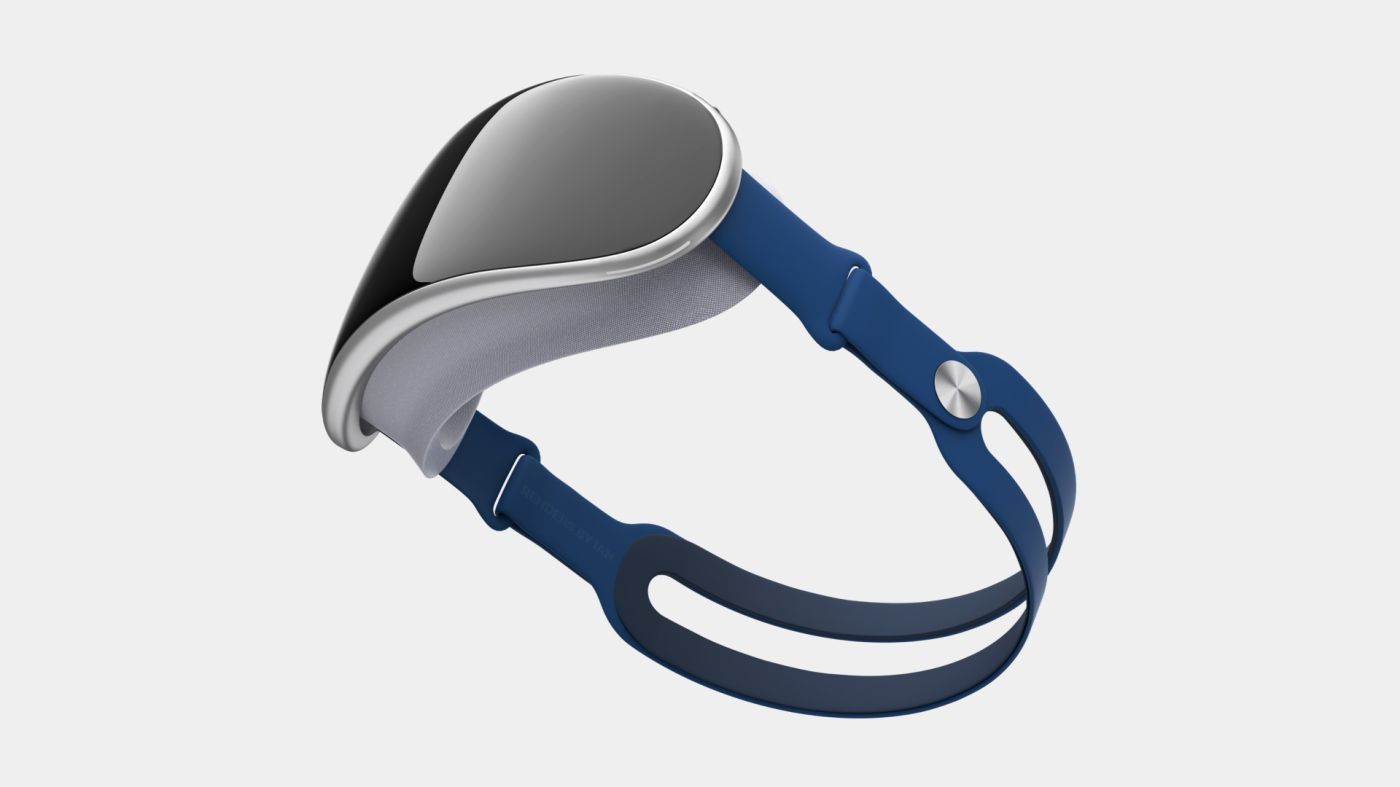- Yesterday at 6:21 pm
- AR / VR
- Alban Martin
-
reaction

Micro-OLED displays supplied by TSMC
Micro-OLED displays are built directly on semiconductor chips rather than a glass substrate, resulting in displays that are thinner, lighter, and more energy efficient. They make it possible to obtain pixels on the order of 4-20 µm, compared to 40-300 µm for standard OLED panels. Micro-OLED displays have a response time much faster than microseconds, making them more suitable for augmented reality (AR) and virtual reality (VR) applications.
According to a report by The Elec from last year, Apple’s headphones could feature tiny, high-resolution OLED screens of up to 3,000 pixels per inch. Insightful analyst Ming-Chi Kuo also said that small OLED screens will facilitate the experience of virtual reality through a headset, as well as immersive virtual reality.
The Taiwanese outlet reporting the news claims that the small OLED displays will be supplied by TSMC, the supplier of all A- and M-series chips used in Apple devices. Nikkei previously claimed that Apple has partnered with TSMC to develop “ultra-high” precision OLED displays for “upcoming augmented reality devices” at a secret facility in Taiwan. On the other hand, other reports from Japan and display analyst Ross Young have consistently claimed that Apple will use small OLED displays from Sony, rather than TSMC.
Ross Young, who was able to predict the changes to the iPhone 12, iPhone 13 and iPad mini 6, said the Apple headset will have two Sony micro OLED displays and an AMOLED panel.
Modern VR headsets don’t use AMOLED technology because the pixel density is too low, so it’s possible that Apple could use it to get low-resolution peripheral vision on or off the device. ET News also reiterated that the claim will contain an M1 chip or some variant of it.
3D AR headset from Samsung?
Finally, ET News claims that Samsung is planning to release an AR device with “hologram” technology and an Exynos chip. For the record, Samsung is said to have fallen far behind in the marketing of augmented and virtual reality devices, in part due to its “obsession” with foldable smartphones. Samsung is now said to be co-developing its augmented reality device with Microsoft and DigiLens. The device is said to have reached the prototyping stage, and the company is said to be studying possible launch dates.
On Apple’s side, the idea will still be to introduce the first helmet at the end of 2022, with marketing at a massive pace, at most in the early part of 2023. After that, the company will launch Apple Glass, thinner glass from here in 2025.

“Certified gamer. Problem solver. Internet enthusiast. Twitter scholar. Infuriatingly humble alcohol geek. Tv guru.”





